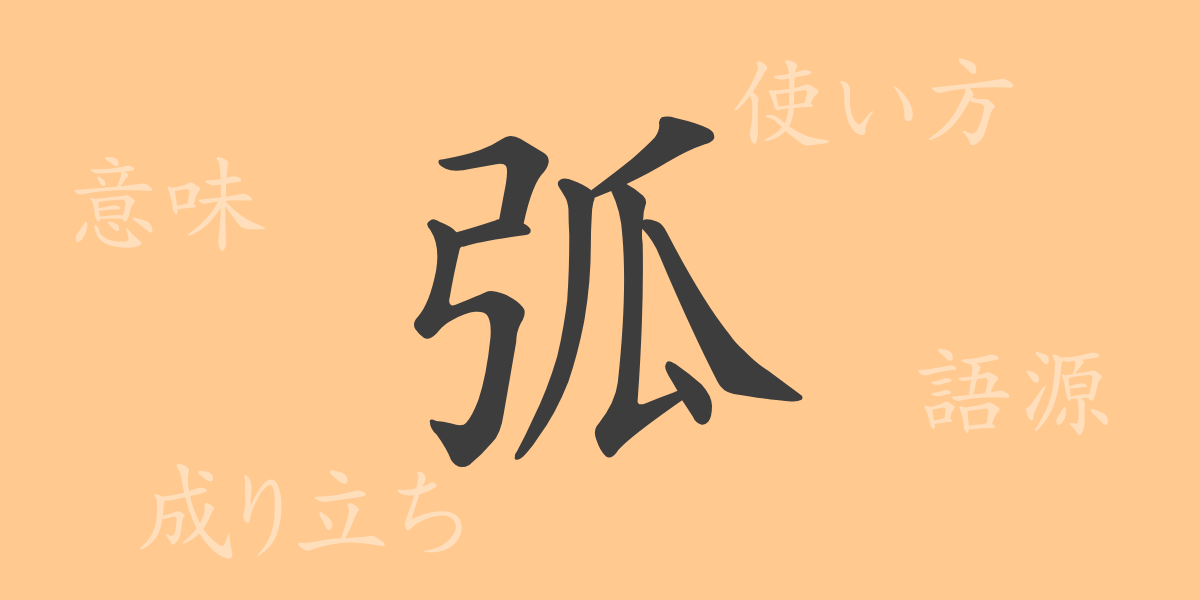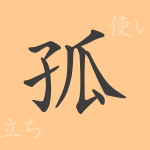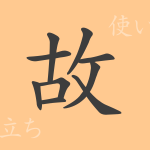The beauty of the Japanese language is reflected in its delicate characters. One of the common kanji, “弧(こ),” evokes a sense of strength hidden within its gentle curves. But how many people are aware of the depth of history and meaning this single character holds? In this article, we will focus on the kanji “弧(こ),” unraveling its origin, readings, meanings, usage, and even exploring related idioms and phrases.
Origin of 弧 (Etymology)
The kanji “弧(こ)” evolved from the ancient Chinese script known as “tensho(てんしょ).” This character is composed of “弓(きゅう)” meaning “bow,” and “矢(し)” indicating an arrow, depicting the curved shape of a drawn bow. The character’s shape evokes the curve of a taut bow, and it has been used historically to represent curves.
Meanings and Uses of 弧
The kanji “弧(こ)” signifies curves or bent shapes, such as bows. In mathematics, it refers to parts of circles or curves. It is also used metaphorically, such as in the phrase “人生の弧を描く(じんせいのこをえがく),” meaning to describe the arc of one’s life journey.
Readings, Stroke Count, and Radical of 弧
The kanji “弧(こ)” has distinctive readings and structural features.
- Readings: The On’yomi (音読み) is “コ(こ).” There is no Kun’yomi (訓読み).
- Stroke count: It has a total of 9 strokes.
- Radical: The radical is 弓(ゆみへん), which represents “bow.”
Idioms, Phrases, and Proverbs Using 弧
While idioms and phrases containing “弧(こ)” are relatively few, here are some examples:
- 弧光灯(ここうとう): An arc lamp that uses an electric arc between electrodes to produce light.
- 弧状(こじょう): Describes a state that is curved like an arc.
- 大弧(たいこ): A large curve or the act of drawing a large arc.
These phrases leverage the inherent meaning of “弧(こ)” to describe curved or arc-like shapes.
Conclusion About 弧
Every kanji carries rich history and meaning in its formation. The character “弧(こ)” is no exception; its elegant curves are visually appealing and find usage across various fields like mathematics and literature. Even in our daily lives, where such kanji might be overlooked, there’s a profound story behind each one. Next time you see the character “弧(こ),” take a moment to appreciate the history and meaning behind its curves.

























